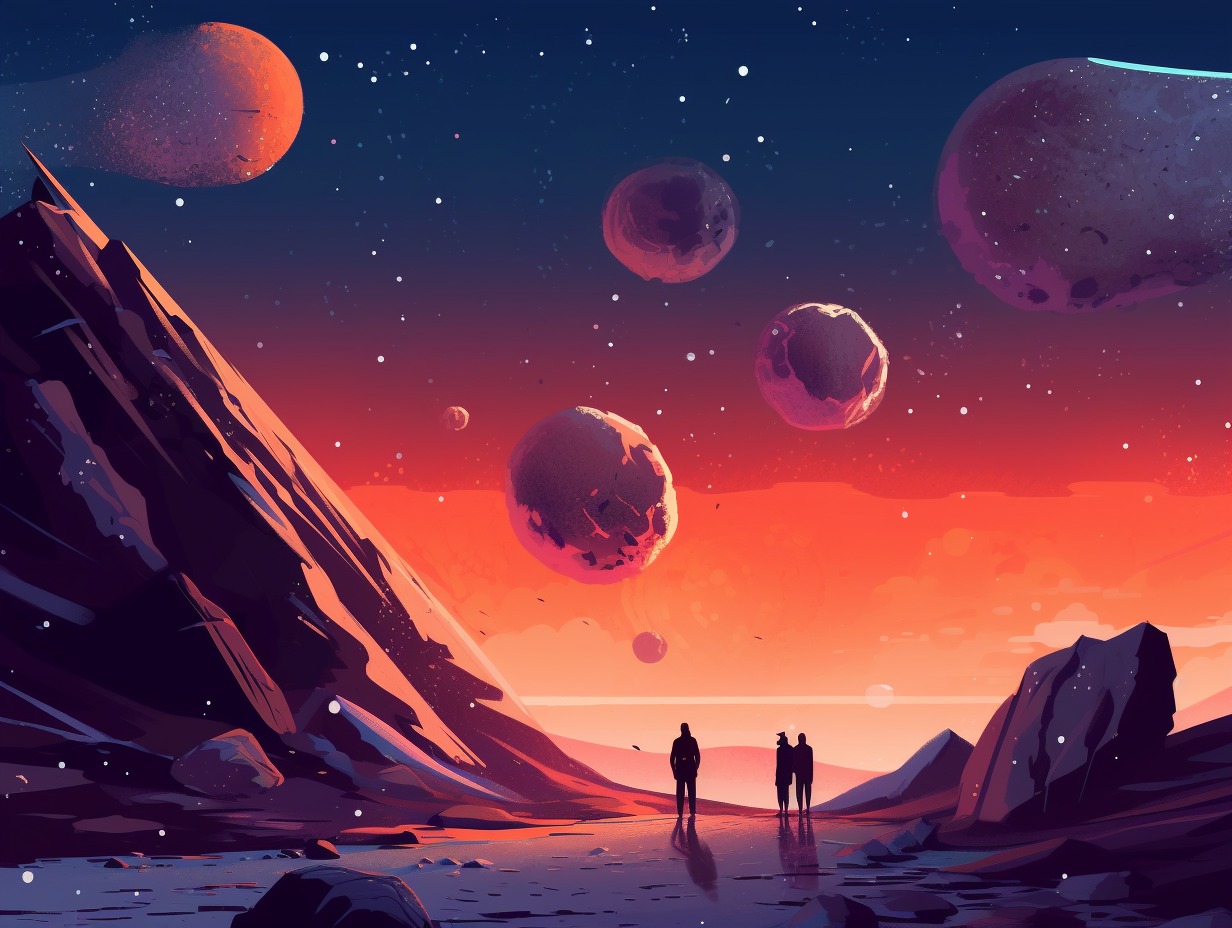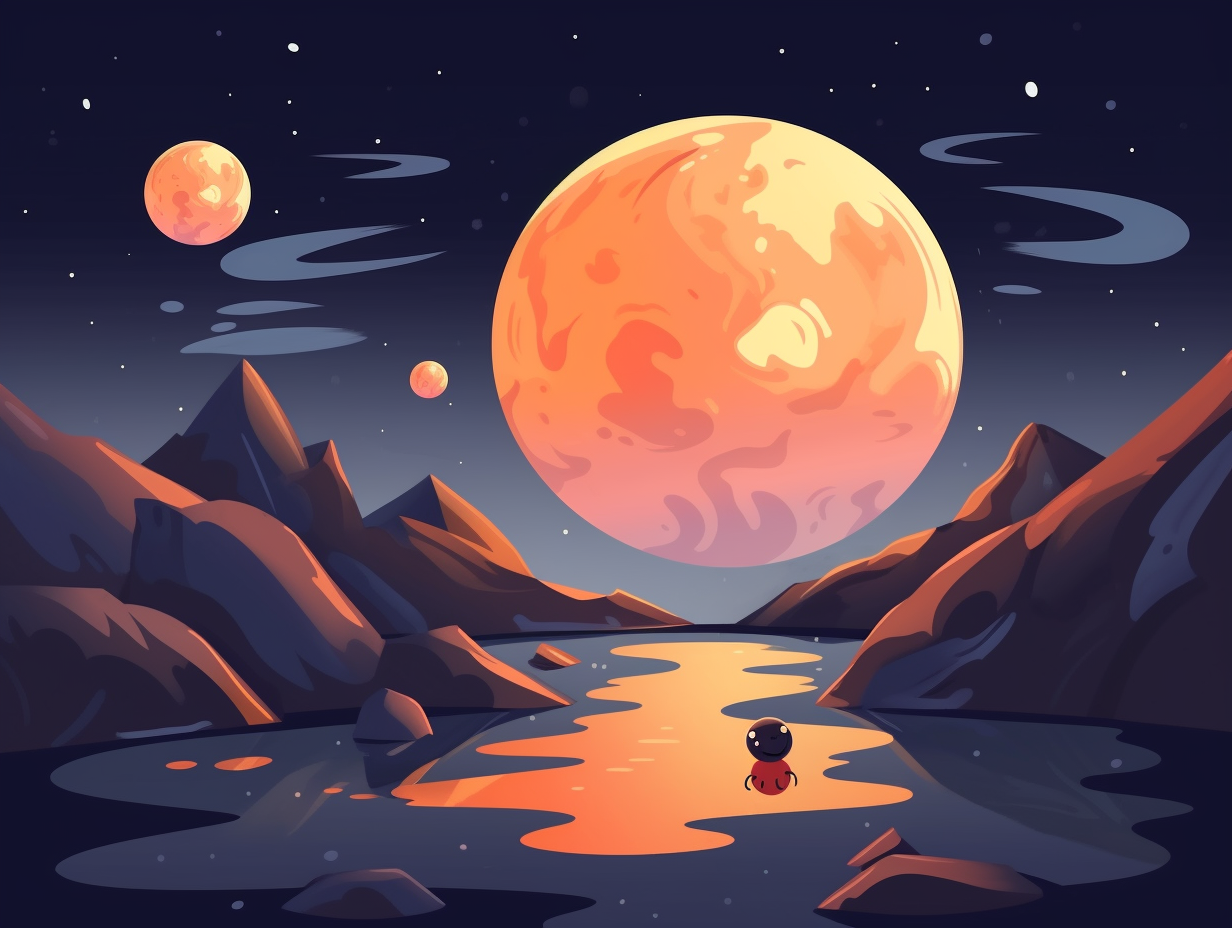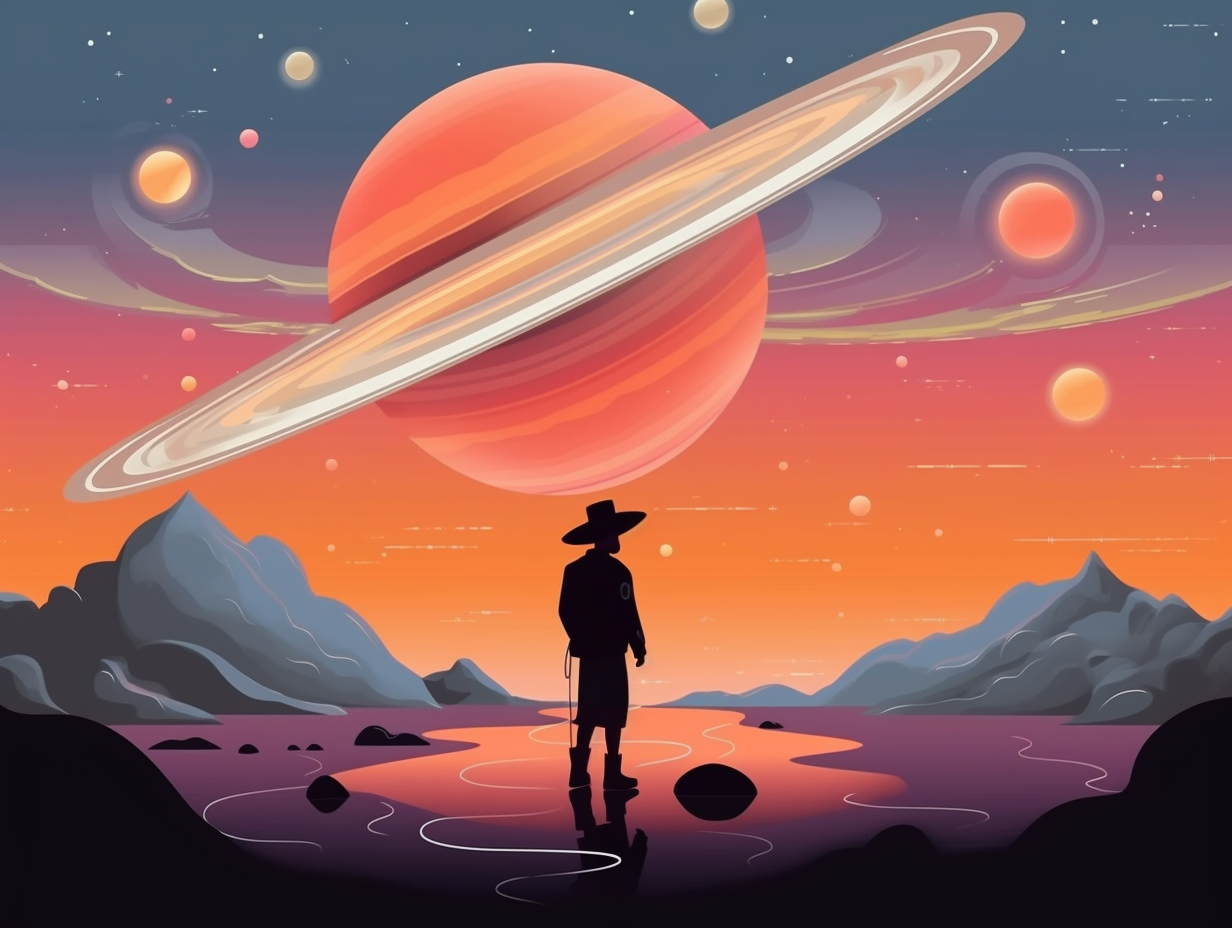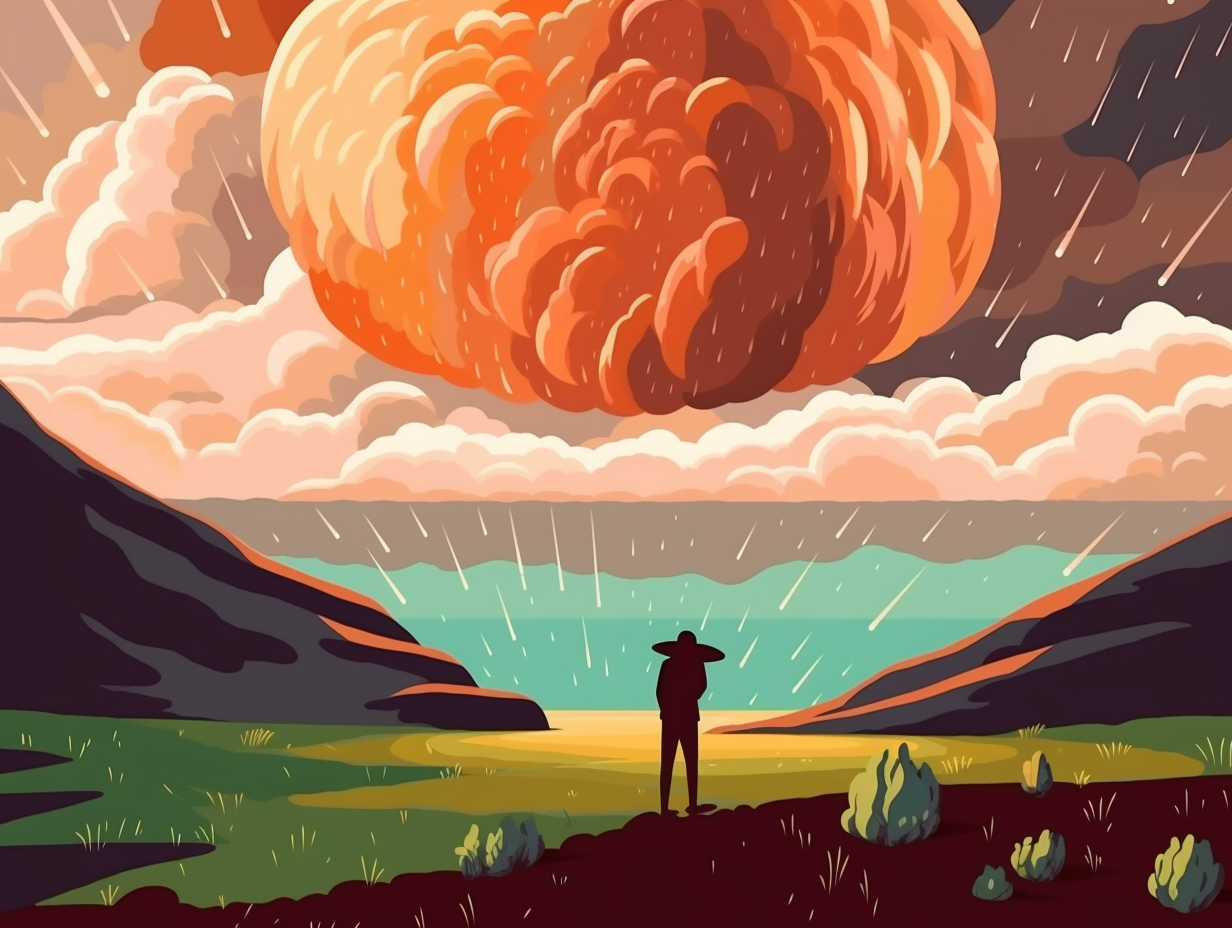Discover the Top 13 Fun Facts About Callisto: The Mysterious Moon of Jupiter

1. Callisto's Cosmic Smoothie Surface
If you ever find yourself on Callisto's dancefloor, be prepared to slip and slide on its cosmic smoothie of a surface: this Jovian moon is covered in a tantalizing blend of water ice, magnesium- and iron-bearing hydrated silicates, carbon dioxide, sulfur dioxide, and even a splash of organic compounds – making it one of the most diverse and heterogeneous surface jams in the entire Solar System!
Source => en.wikipedia.org
2. Crater-packed Party Moon
If Callisto threw a party, nobody would have personal space issues: its entire surface is covered by the most densely packed impact craters in the Solar System!
Source => en.wikipedia.org

Did you know that bouncing on the moon's surface could be the key to maintaining bone and muscle health for astronauts? Discover how ESA's European Astronaut Centre made this out-of-this-world finding! 🌕💪
=> Fun Facts about The-Moon
3. Celestial Survivor of Cosmic Whack-a-Mole
If Callisto were a celebrity, it might just win an award for "Best Survivor of Cosmic Whack-a-Mole": This moon has the oldest and most cratered surface in the Solar System, with an astounding age of over 4 billion years and a complete lack of geological activity to thank for its rugged good looks.
Source => en.wikipedia.org
4. Mars' Acne-Ridden Sibling
If Mars had a celestial sibling that outgrew its acne phase, it would be Callisto: this moon of Jupiter is pockmarked with craters galore, making it the most heavily cratered object in the solar system, with a surface that's pretty much unchanged since it was smacked around about 4 billion years ago. Bonus round: Callisto might even be hiding an underground ocean, though its grumpy old man exterior makes it hard to tell if it's worth squatting for life.
Source => space.com

5. Callisto, the Cratered Party Animal
If you think your skin's cratered from a rough night out, wait till you meet Callisto, Jupiter's party animal of a moon: Sporting the most densely packed craters of any cosmic body in the solar system, Callisto's surface is a blast from the past - untouched for billions of years, making it a prime candidate for some out-of-this-world future exploration.
Source => en.wikipedia.org
6. Valhalla, the Celestial Dartboard
In a celestial game of darts, the Norse gods might just favor Callisto's bullseye: Valhalla, the solar system's largest multi-ring impact crater, can be found on Jupiter's moon Callisto and is actually named after the afterlife hall for warriors in Norse mythology. While it may not look like your average pub game target, this magnificent structure boasts a bright central area, an inner ridge and trough zone, and awe-inspiring concentric rings extending about 1,900 km from the center.
Source => en.wikipedia.org
7. Callisto's Sneaky Subsurface Speakeasy
It's always the quiet ones: sneaking below Callisto's icy exterior might be a hidden subsurface ocean, playing hide-and-seek with Earth's space telescopes, and potentially harboring life like a cosmic speakeasy.
Source => space.com
8. Battle-Scarred Callisto's Crater Couture
If you thought your grandma had seen a lot, meet Callisto: the solar system's ultimate battle-scarred veteran with a face only a planetary scientist could love. Seriously though: Callisto boasts the most ancient and cratered surface ever observed in the solar system, the pièce de résistance being the Valhalla crater, which stretches a gobsmacking 1,800 km in diameter from its center – making it one of the largest impact basins known to mankind!
Source => nineplanets.org
9. Callisto, the Wrinkle-Wise Moon
If wrinkles are a sign of wisdom, Callisto must be the wisest moon in the solar system: This crater-covered celestial body boasts the oldest and best-preserved surface among all known moons, with a striking frozen blend of rock, water ice, and volatile ices, proving that beauty comes with age and experience.
Source => en.wikipedia.org

10. The Olympic Crater Champion
If craters were an Olympic sport, Callisto would have more gold medals than Michael Phelps: This Galilean moon is one of the most heavily cratered objects in the solar system, with zero signs of geological activity like plate tectonics or volcanism—making it a prime location for studying the solar system's early history.
Source => en.wikipedia.org
11. Callisto's 4-Billion-Year Kegger Remains
In Callisto's world, "geologically dead" means you throw a 4-billion-year kegger and the next morning everything’s still the same, including the craters: Callisto has been geologically inactive for over 4 billion years, which explains its heavily cratered surface and lack of interior forces or geological change.
Source => courses.lumenlearning.com
12. Callisto's Self-Help Book: "Ageing Gracefully"
If Callisto had its own self-help book, it would definitely be titled "Ageing Gracefully: With a Bit of Carbon Dioxide and a Whole Lot of Craters": This celestial senior citizen, also known as Jupiter's moon, boasts the oldest surface among the Galilean satellites, riddled with impact craters dating back billions of years, while maintaining a thin yet fashionable atmosphere of carbon dioxide created by Jupiter's magnetosphere radiations.
Source => agupubs.onlinelibrary.wiley.com
13. Callisto, the Sea Queen in Disguise
Move aside, Jacques Cousteau: Callisto may just be the next queen of the seas! That's right, this Jupiter-bound moon could be hiding a whole aquatic realm beneath its icy surface, complete with its very own magnetic shenanigans: Callisto's salty subsurface ocean could be causing the magnetic disturbances detected when it gets close to Jupiter, with these electrically conductive waters creating the necessary induction field. Now that's one moon that certainly knows how to make a splash!
Source => sciencedirect.com
Related Fun Facts




















